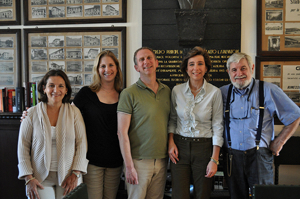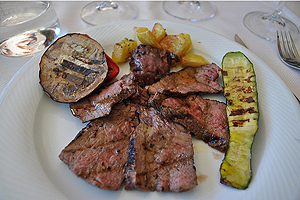The complimentary wine regions of Lugana and Valpolicella
This story originally appeared in the Napa Valley Register.They say opposites attract. There is a yin to every yang. There are two halves to make a whole. Perhaps that is what brings the two regions of Valpolicella and Lugano together. Two independent wine regions in their own rights, Lugana is the home of white wine, while Valpolicella is the home of red wine. Together, they offer a broader spectrum to wines.

Lugana is a small wine appellation in the southern part of Lago di Garda, Italy’s largest lake, in Northern Italy. The region extends from the bottom of the lake and runs 12 kilometers east to west, overlapping both the provinces of Veneto and Lombardy. There are 1,800 hectares of vineyards cultivated, with 75 percent of these vines in Lombardy. However, 60 percent of the wine produced comes from the Veneto.




